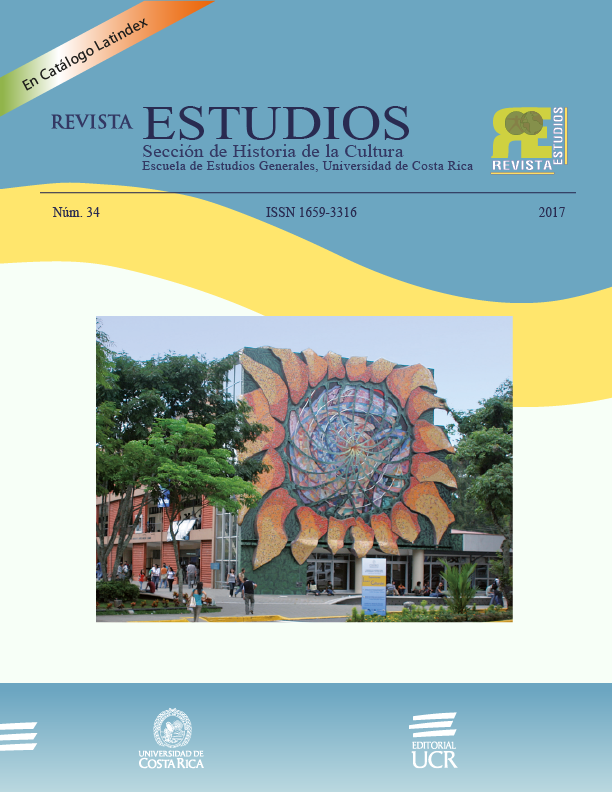Abstract
This article is based on research that was conducted at the Institute for Research in Education at the University of Costa Rica. It aims to explore how the constant participation in virtual networks, groups and sports, religious, social or community activities influence the development of the psychological works of adolescence, concept proposed by Ricardo Rodulfo (1992). An instrument of incomplete sentences was passed on 779 adolescents, consulting different aspects of their lives: How do they construct their being in the world? What do they think of this moment of their lives? What are their interests? How do they feel in the relationships they establish? What activities do they prefer? In addition, 9 focus groups were conducted, to explore certain themes identified in the instrument. One of the most important findings of the study is the demand for a more fluid and less conflictual relationships with the adults: their families and education staff. The adolescents emphasize the need for support and understanding from these adults, through dialogue and not through punishment and repression of their ideas.
References
Aberastury, A y Knobel, M. (1992). Adolescencia normal. México: Paidós.
Corominas, J. (1972). Breve diccionario etimológico de la lengua castellana. Madrid: Editorial Gredos.
CONARE. (2013). Cuarto Estado de la Educación. Extraído de: http://estadonacion.or.cr/files/biblioteca_virtual/educacion/004/castro_desempenoed-basica-y-diversificado.pdf
CONARE. (2015). Quinto Informe Estado de la Educación 2015. Extraído de: http://www.estadonacion.or.cr/educacion2015/tablet/index.html.
Derrida, J. (2006). La hospitalidad. Buenos Aires: Ediciones de la Flor.
Grosser, K. (2003). Adolescentes y Adultos ¿es posible una integración sin juzgar ni castigar? ¿Qué hay detrás del llamado conflicto generacional? En: Actualidades Investigativas en Educación. Extraído de http://revista.iimec.ucr.ac.cr/ cole los/1-2003/ cole los.php
Grosser, K. (2006). La juventud como mercancía y el lugar de lo adolescente en la lógica cultural del capitalismo tardío. En: Actualidades Investigativas en Educación. Extraído de http://revista.inie.ucr.ac.cr/articulos/2-2006/artículos
Krauskopf, D. (2013). Adolescencia y Educación. San José: EUNED.
Lebrun, J.P. (2003). Un mundo sin límite. Ensayo para una clínica psicoanalítica de lo social. Barcelona: Ediciones del serbal
Lauru, D. (2005). La locura adolescente. Psicoanálisis de una edad en crisis. Buenos Aires: Editorial Nueva Visión.
Primasari, A & Yuniarti, K. W. (2012)
Programa de las Naciones Unidas para el Desarrollo [PNUD]. (2008). Diagnósticos sobre seguridad ciudadana en diez cantones de Costa Rica: Montes de Oca (1era ed.). Programa de las Naciones Unidas para el Desarrollo. San José, Costa Rica.
Rodulfo, M y Rodulfo, R. (1986). Clínica psicoanalítica con niños y adolescentes. Buenos Aires, Lugar Editorial.
Rodulfo, R. (1992). El adolescente y sus trabajos. En: Estudios clínicos. Del significante al pictograma a través de la práctica psicoanalítica. Buenos Aires: Paidos.
Rodulfo R. (2009). El niño y el significante. Buenos Aires: Paidós.
Rodulfo, R. (2013). Los chicos de la pantalla. En:
http://www.pagina12.com.ar/diario/psicologia/9-229309-2013-0919.html.
Tubert, S. (1988). La muerte y lo imaginario en la Adolescencia. Madrid: Editorial Saltés.

